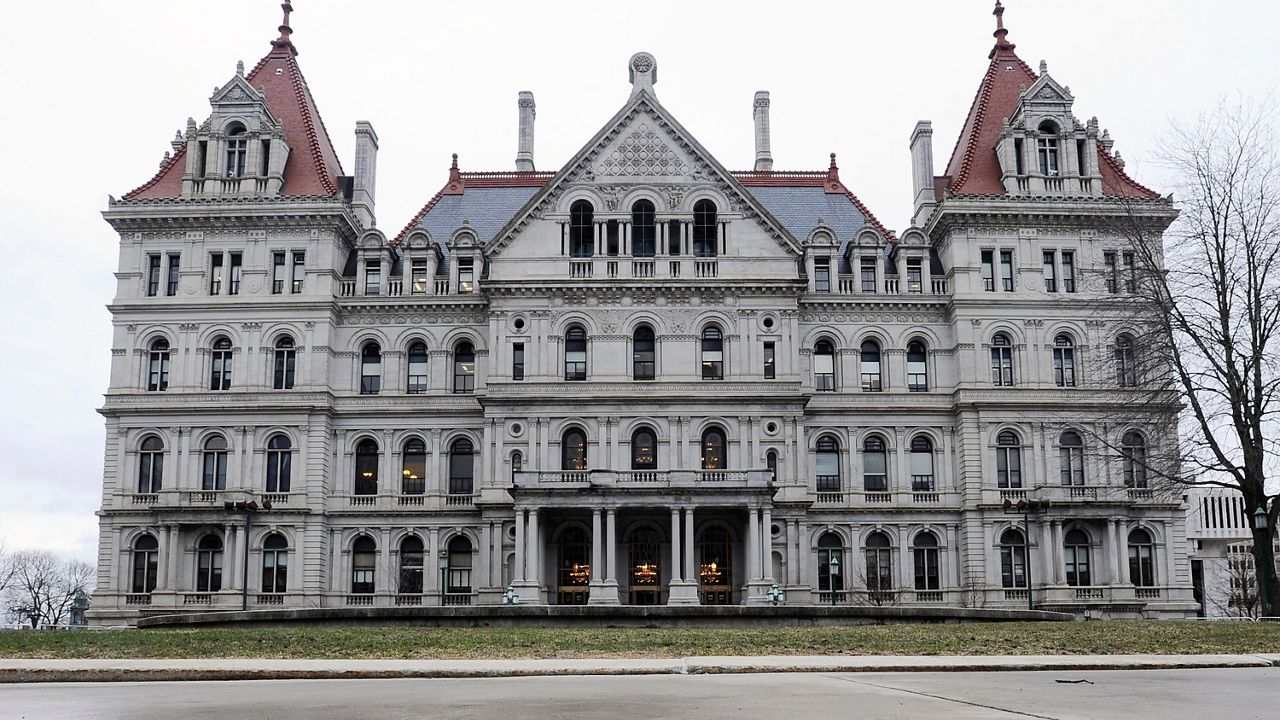Governor Andrew Cuomo and legislative leaders have reached an official agreement on a $212 billion state budget that includes tax increases on the wealthy, a record amount of funding for school aid, and rent relief for New Yorkers impacted by the COVID-19 pandemic.
This will be New York’s largest state budget in history, but also includes more than $12.5 billion in direct aid from the federal government.
“I'm quite comfortable with this budget,” state Senator Liz Krueger said. “We're not significantly increasing borrowing. We are asking the people who have been doing the absolute best in our economy to give us slightly more in tax revenue. It won't hurt them. They've already seen a significant cut in their taxes during the Trump administration.”
The state will be increasing the personal income tax rate for individuals making more than $1 million annually by about 1 percent and establish two new tax brackets for those making over $5 million annually and $25 million annually.
Once adopted, New York City residents will be the subject to the highest combined local and state personal income tax rates in the nation, surpassing even California.
“Thanks to the state's strong fiscal management and relentless pursuit to secure the federal support that the pandemic demanded, we not only balanced our budget, we are also making historic investments to reimagine, rebuild and renew New York in the aftermath of the worst health and economic crisis in a century,” Governor Cuomo said.
The state budget also includes money for a hotly debated “Excluded Workers Fund.” The state carved out about $2.1 billion in unemployment benefits for undocumented immigrants, who were employed but not eligible to receive money in the latest federal stimulus packages.
Final bill language has not been released, but Senator Krueger said how much money these undocumented immigrants receive will be split into two tiers, depending on how much documentation and work history they can show.
The other big ticket item included in the budget is mobile sports betting legalization. This is expected to eventually bring in around $500 million a year to New York.
There is huge news as well for education in this year’s state budget. State lawmakers are phasing in $1.4 billion in direct aid to public schools over the next three years, totaling about $4.2 billion once completely phased in.
Around $105 million will also be directed to expand universal Pre-K to the 210 districts that do not already have this program in place.
“I am proud of the strides we have made in funding our schools, helping businesses rebuild, and protecting New York's most vulnerable,” Senate Majority Leader Andrea Stewart-Cousins said. “Working and middle-class taxpayers will receive the relief they desperately need, while the wealthiest New Yorkers will help their neighbors.”
Another item included in the state budget is $2.4 billion in rent and homeowner relief for those impacted by the COVID-19 pandemic, regardless of immigration status. This includes payments for 12 months of back rent and utilities.
Around $1 billion is earmarked for small business recovery and $2.4 billion for child care.
Tucked in to the Health and Mental Hygiene budget bill is the requirement that long-term care facilities spend at least 70 percent of their revenue on direct resident care. Additionally, within this 70 percent, at least 40 percent of revenue must be spent on resident-facing staff.
"Budgets are a statement of values, and in my two decades of service to the people of New York I can't think of a more far-reaching and impactful budget than this,” Assembly Speaker Carl Heastie said. “It meets longstanding goals of our Assembly Majority and addresses the historic inequities that have existed for too long.”


